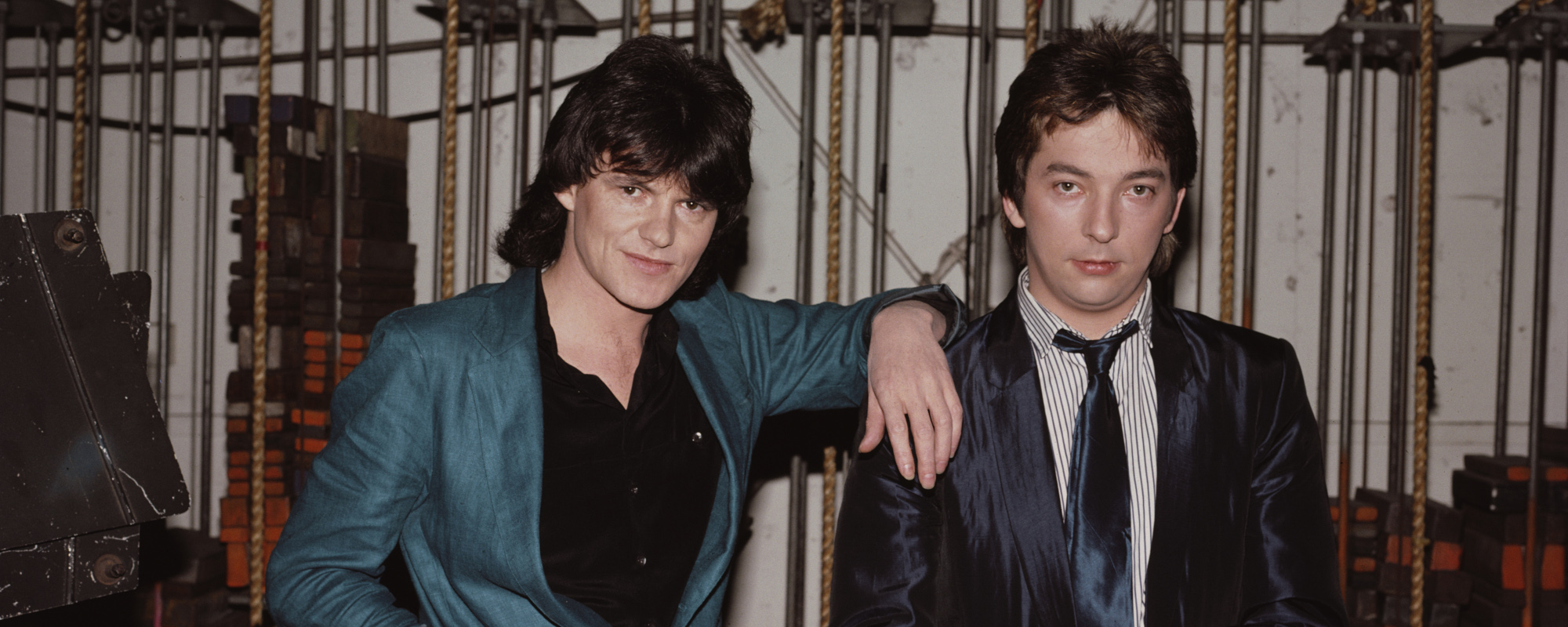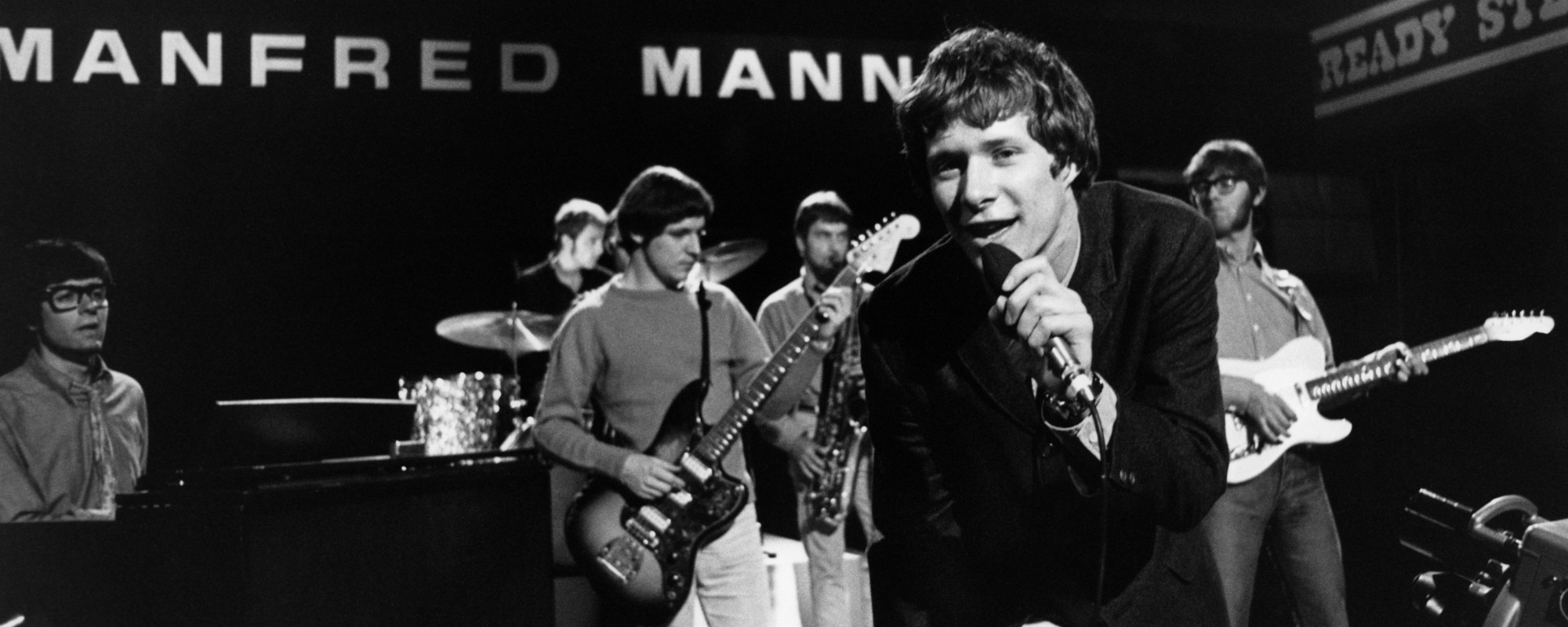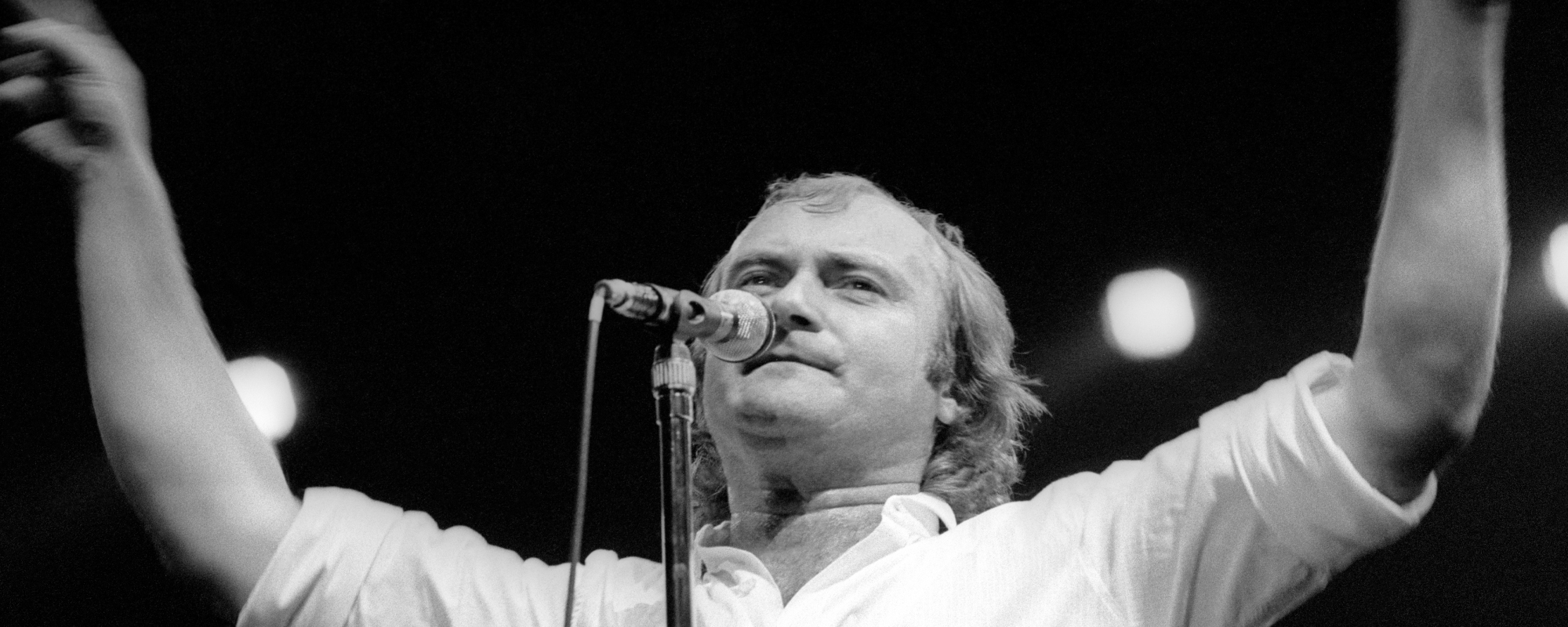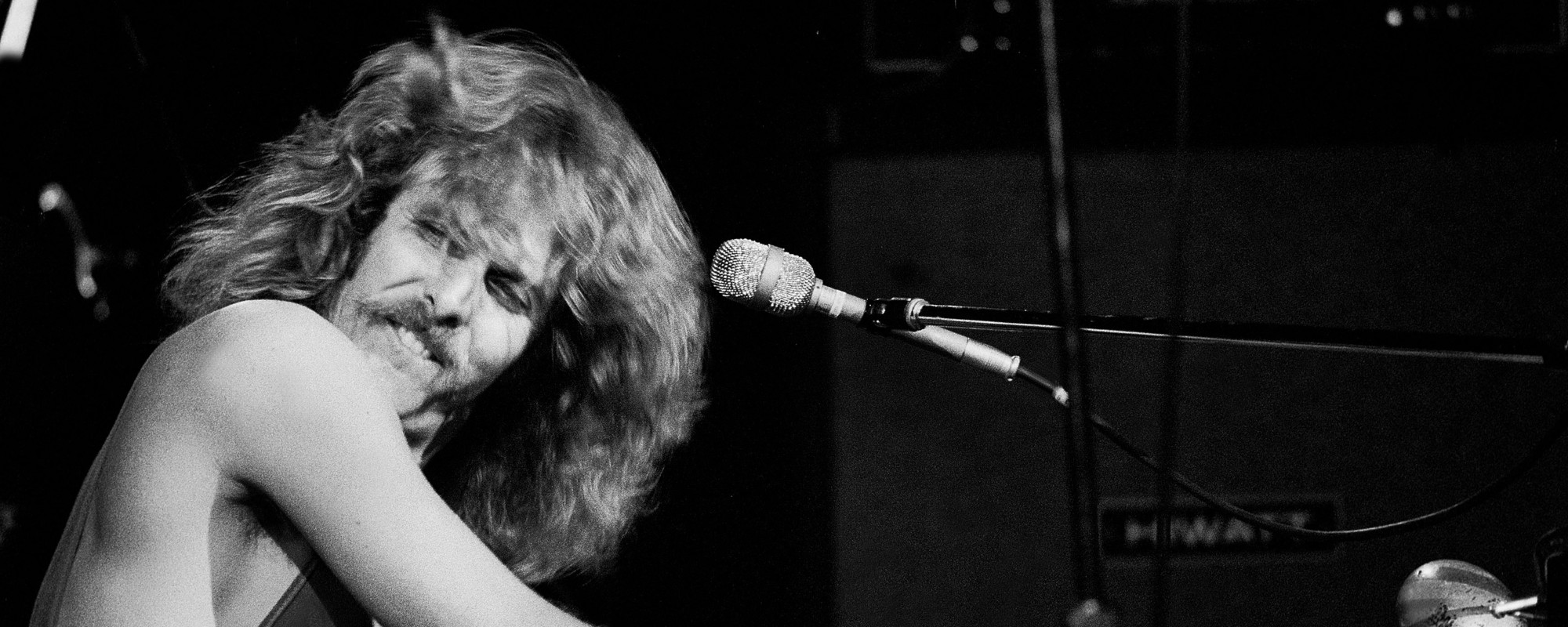The song “All Along the Watchtower,” which was released by Bob Dylan on his 1967 album, John Wesley Harding, is one of those tracks that has had many lives. Let’s dive into all of them.
Videos by American Songwriter
Origins
Dylan’s original version of the track showcases the song’s inherent drama and dread. In the lyrics, Dylan tells the surreal story of the joker and the thief. The two share perspectives about the dire world and its perils, from losing out on natural resources after the rich have taken them to the understanding of what life really is or really can be with the right perspective.
Indeed, the song seems to tell us, there is no room for callous consumerism. Rather, life is to be understood as a poetic sacrifice. Time is both our gift and the ax man ready to take us out of it.
And while the song first appeared on Dylan’s 1967 album, it has also been featured on a number of his greatest hits records and has been covered by several artists from Dave Matthews to Jimi Hendrix.
Dylan first recorded the song on November 6, 1967, at Columbia Studio A in Nashville, Tennessee. That was the same studio where he’d completed his famous record Blonde on Blonde in the spring of the year prior. Accompanying Dylan were Music City vets Charlie McCoy on bass and Kenneth Buttrey on percussion.
Motorcycle Accident
In July 1966, Dylan got into a serious motorcycle accident. As a result, he spent the next year and a half healing at his home in Woodstock. Doing so, he wrote song after song, including, “All Along the Watchtower,” and the other tracks for his album John Wesley Harding. At the same time, Dylan was venturing into family life, with one child born in 1966 and another a year later.
Hendrix’s Version
Jimi Hendrix is widely considered the best electric guitar player ever. When he covered Dylan’s “All Along the Watchtower,” in many ways, music has never been the same. His rendition appeared on the LP Electric Ladyland with the Jimi Hendrix Experience. And that version was released just six months after Dylan’s original hit shelves.
Hendrix’s version became a Top 20 hit in 1968 and it received a Grammy Hall of Fame award in 2001.
Hendrix recorded his version on January 21, 1968, at Olympic Studios in London—and it took him 27 takes. Said engineer Andy Johns, “(Hendrix) came in with these Dylan tapes and we all heard them for the first time in the studio.” Then the work began of reinterpreting the music.
According to the legendary guitarist’s longtime engineer, Eddie Kramer, Hendrix recorded many takes on the first day of recording. Midway through the session, bass player Noel Redding apparently became dissatisfied with the process and left. According to Kramer, the final bass part on the recording was played by Hendrix himself. Additionally, Hendrix’s pal and Rolling Stones musician Brian Jones played percussion on the track—he made the thwacck sounds.
Once the song was mixed in early January, Hendrix was apparently dissatisfied with what had come out and, thus, continued to record guitar parts during that summer in a studio in New York City. Engineer Tony Bongiovi said, “Recording these new ideas meant he would have to erase something. In the weeks prior to the mixing, we had already recorded a number of overdubs, wiping track after track. [Hendrix] kept saying, ‘I think I hear it a little bit differently.’”
Royalties
According to author David Stubbs, the song’s lyrical meaning is a vague allusion to Dylan’s then-frustration with his management at CBS, which he thought was screwing him out of proper royalties for his work. Stubbs wrote that the track “features a stand-off between the ‘joker’ and the ‘thief’, with the joker complaining of businessmen who drink his wine, feeding off him but refusing to give him his due.”
The Bible
Other writers have shown that the lyrics also resemble lines from the Book of Isaiah, specifically Chapter 21, verses 5-9, which state, “Prepare the table, watch in the watchtower, eat, drink: arise ye princes, and prepare the shield./ For thus hath the Lord said unto me, Go set a watchman, let him declare what he seeth./And he saw a chariot with a couple of horsemen, a chariot of asses, and a chariot of camels; and he hearkened diligently with much heed./…And, behold, here cometh a chariot of men, with a couple of horsemen. And he answered and said, Babylon is fallen, is fallen, and all the graven images of her gods he hath broken unto the ground.”
Narrative Structure
Professor of English literature Christopher Ricks has famously commented on the odd structure of Dylan’s “All Along the Watchtower,” noting that the song seems to essentially begin just as it ends.
Said Ricks, “At the conclusion of the last verse, it is as if the song bizarrely begins at last, and as if the myth began again.”
All along the watchtower / Princes kept the view / While all the women came and went / Barefoot servants too / Outside, in the distance / A wildcat did growl / Two riders were approaching / The wind began to howl.
Others have noted the same technique, offering that as the song ends, the listener is free to fill in the blanks of what happens next: are the joker and the thief taken, killed? Do they survive the potential onslaught that is likely about to befall them? It’s as if Dylan sparks our imagination and then leaves us before he’s even able to say, “To be continued…”
Yet while many offer generous critiques of the track, musician and longtime Dylan associate, Dave Van Ronk, provided some measured criticism, saying of the song and its author, “That whole artistic mystique is one of the great traps of this business, because down that road lies unintelligibility. Dylan has a lot to answer for there because after a while he discovered that he could get away with anything—he was Bob Dylan and people would take whatever he wrote on faith. So he could do something like ‘All Along the Watchtower’, which is simply a mistake from the title on down: a watchtower is not a road or a wall, and you can’t go along it.”
Musical Composition
Musically speaking, the song is rather simple: three chords and a shrieking harmonica. At least, in Dylan’s version, that is. Those chords continue to repeat throughout the tune.
In Hendrix’s cover, though, the musicality is taken to another level, given the guitar player’s prowess and ability to solo and provide a general sense of distorted rock to the previously otherwise clean tones.
Hendrix released his version in September 1968, a month prior to the release of Electric Ladyland. It became a Top 20 hit and in the U.K., the song became the first British stereo-only single to land in the Top 5.
Sounds like ample reason to get excited, if you ask us.
Notable Versions
While many artists have covered the track since Dylan’s and Hendrix’s hit the airwaves, one notable example is by jam band frontman Dave Matthews, who would often close out his popular live shows with a rendition of the song, which often opened with a bass solo and extended 10 or more minutes long. Check out Matthews’ version below.













Leave a Reply
Only members can comment. Become a member. Already a member? Log in.